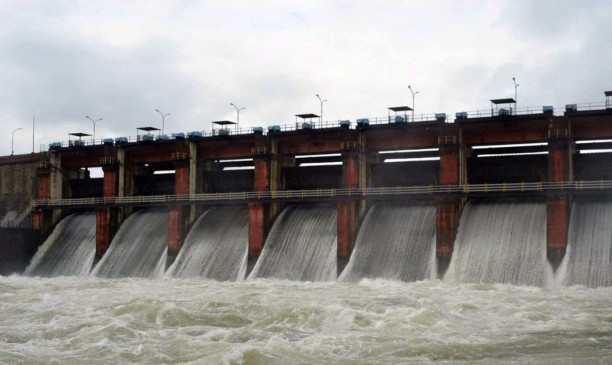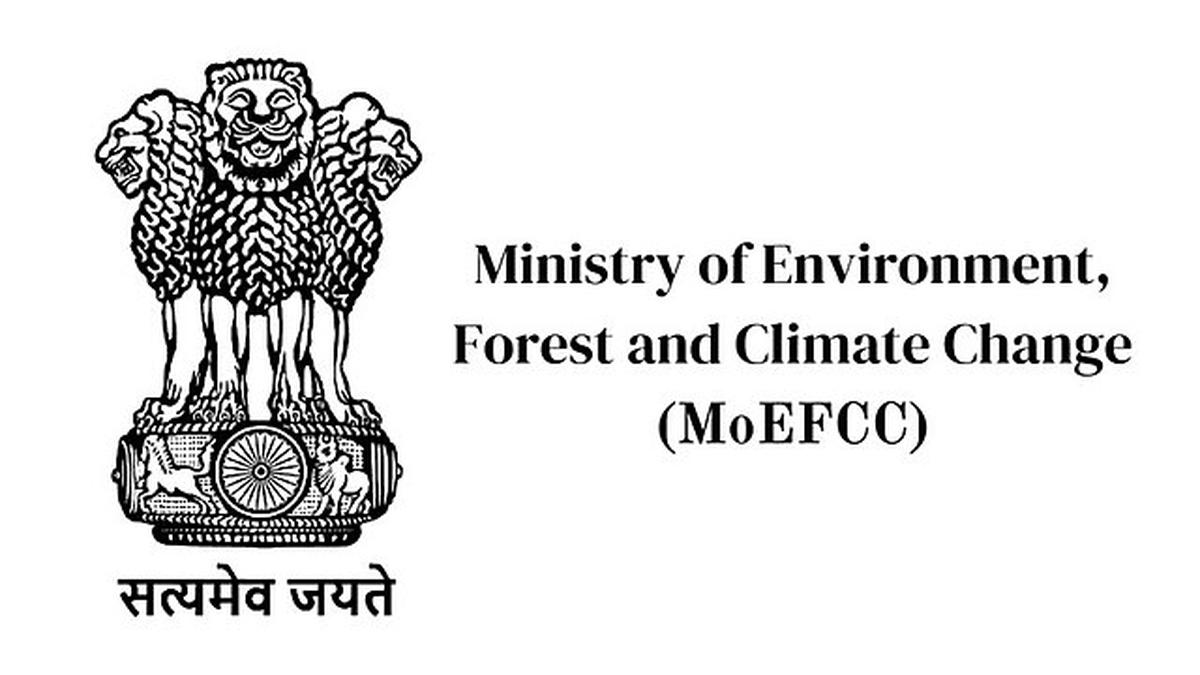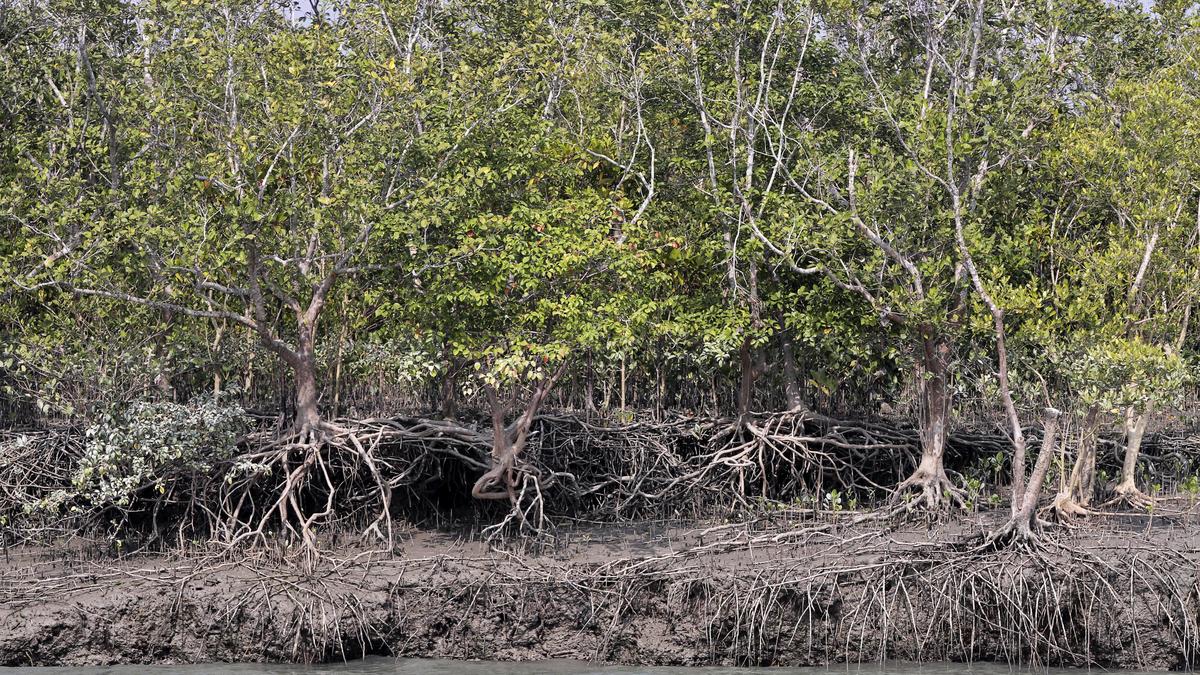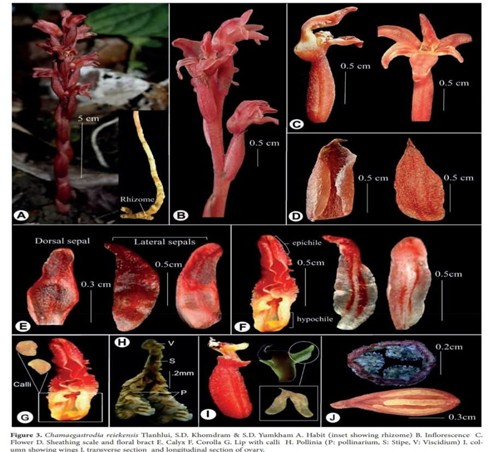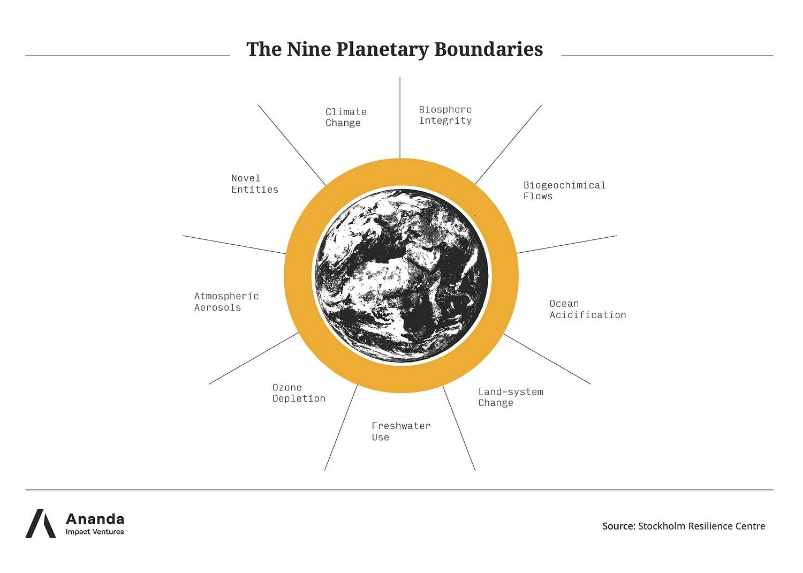
Disclaimer: Copyright infringement intended.
Context
- The world has breached six of the nine planetary boundaries necessary to maintain Earth’s stability and resilience- a study published in Science Advances warned.
Details
- The six boundaries include climate change, biosphere integrity (genetic diversity and energy available to ecosystems), land system change, freshwater change (changes across the entire water cycle over land), biogeochemical flows (nutrient cycles), and novel entities (microplastics, endocrine disruptors, and organic pollutants).
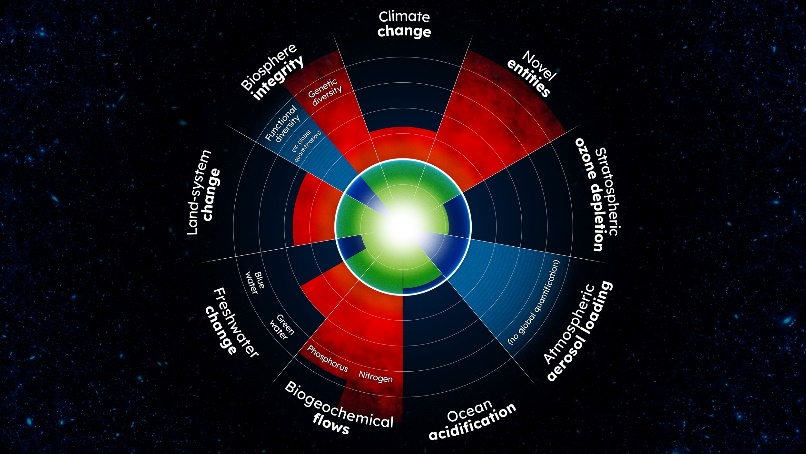
Planetary Boundaries
- These are the thresholds or limits beyond which significant, potentially irreversible changes to Earth's ecosystems and the global environment could occur, endangering the planet's habitability.
Earth System Processes
- The planetary boundaries are associated with nine essential Earth system processes that help maintain the stability and resilience of the Earth system. They are:
- Climate Change
Climate change refers to the long-term alterations in Earth's temperature, precipitation patterns, and other meteorological phenomena, primarily driven by anthropogenic greenhouse gas emissions. The concentration of atmospheric carbon dioxide has surpassed 410 ppm, the highest level in the past 800,000 years at least. This boundary is of planetary and societal significance because it directly affects global ecosystems, weather patterns, and the frequency of extreme events, posing risks to agriculture, infrastructure, human health, and the stability of ecological systems.
- Biosphere Integrity
The rapid decline in global biodiversity, driven by habitat destruction, overexploitation, pollution, and climate change, has led to what is now recognized as the Earth's sixth mass extinction. Species are currently going extinct at a rate 1,000 times higher than the background rate. Biodiversity loss is of planetary and societal significance because it weakens the resilience of ecosystems, reduces the availability of natural resources, and compromises the essential services
- Biogeochemical Flows
The biogeochemical flows of nitrogen and phosphorus have been dramatically altered by human activities, such as fertilizer application and fossil fuel combustion. Approximately 80% of nitrogen and 75% of phosphorus applied to croplands end up in the environment. Disruptions to these elemental cycles are of planetary and societal significance because they can lead to eutrophication, biodiversity loss, and the creation of oxygen-depleted "dead zones" in aquatic ecosystems, undermining water quality and fisheries.
- Introduction of Novel Entities
Novel entities encompass new substances, organisms, and technologies introduced into the environment by human activities, such as synthetic chemicals, genetically modified organisms, and nanomaterials. Over 350,000 different chemicals and mixtures are commercially available, with many having unknown long-term impacts. This boundary is of planetary and societal significance because novel entities can disrupt ecosystems, bioaccumulate in food chains, and pose risks to human health and the environment, often with unpredictable and far-reaching consequences. Addressing this boundary is essential for preserving the integrity of Earth's systems and safeguarding the well-being of present and future generations.
- Land-System Change
Land-system change encompasses the conversion of natural landscapes, such as forests and wetlands, into agricultural and urban areas. Since the 1960s, the world has lost approximately 20% of its forest cover. This boundary is crucial because land-system change can result in habitat loss, biodiversity decline, soil degradation, and disruptions to the global carbon cycle, undermining ecosystem services and exacerbating climate change.
- Freshwater Use
The unsustainable extraction and consumption of freshwater resources have led to the depletion of rivers, lakes, and aquifers. Agriculture accounts for about 70% of global freshwater withdrawals. This boundary is critical because water scarcity threatens food security, human health, and economic development, exacerbating social tensions and heightening the risk of geopolitical conflicts over access to water resources.
- Stratospheric Ozone Depletion
The depletion of stratospheric ozone, primarily caused by the release of chlorofluorocarbons (CFCs) and other ozone-depleting substances, reduces the protective barrier against harmful ultraviolet (UV) radiation. The 1987 Montreal Protocol led to a nearly 99% reduction in controlled ozone-depleting substances. This boundary is of planetary and societal importance because increased UV radiation can cause skin cancer, cataracts, and immune system suppression in humans, as well as damage to ecosystems and agricultural productivity.
- Ocean Acidification
As oceans absorb anthropogenic carbon dioxide emissions, their pH levels decrease, resulting in a more acidic environment. Since the beginning of the Industrial Revolution, the global oceanic pH has dropped by 0.1 units. This planetary boundary is crucial because ocean acidification negatively impacts marine life, particularly calcifying organisms such as coral reefs and shellfish, threatening biodiversity, food security, and the livelihoods of millions of people dependent on ocean resources.
- Atmospheric Aerosol Loading
Aerosols, tiny solid or liquid particles suspended in the atmosphere, influence air quality, human health, and climate. Fine particulate matter (PM2.5) is responsible for an estimated 4.2 million premature deaths globally each year. Addressing this boundary is vital because aerosols can cause respiratory and cardiovascular diseases, disrupt regional weather patterns, and impact global climate through their interaction with sunlight and cloud formation.

Safe Operating Space (SOS)
- The concept of a "safe operating space" refers to the range within which human activities and development can occur without significantly disrupting Earth's essential processes and tipping the planet into an undesirable state.
Tipping Points
- These are thresholds in the Earth system beyond which small changes can lead to significant, sometimes irreversible shifts in the system's behaviour, potentially destabilising the environment and reducing its capacity to support human life.
Resilience
- Resilience refers to the ability of a system to withstand disturbances and recover from disruptions, maintaining its essential functions and processes.
Feedback Loops
- Feedback loops are interactions between different components of the Earth system, which can amplify or dampen changes. Positive feedback loops can accelerate environmental degradation, while negative feedback loops can help stabilize the system.
Holistic Approach / Resilience Thinking
- Planetary boundaries emphasize the need for a holistic approach to managing human activities and their impacts on the environment, recognizing the interconnectedness and complexity of the Earth system.
Global Governance & Cooperation
- The concept of planetary boundaries highlights the importance of global governance and cooperation in managing shared resources and addressing transboundary environmental challenges.
The recent study on Planetary Boundaries
- The researchers first identified the processes in the Earth’s ecosystem that have been important for maintaining favourable conditions for humans in the last 12,000 years. This period is known for its stable and warm planetary conditions.
- Next, they assessed how much humans are changing them and identified the level at which human activities raise the risk of potentially dramatic and irreversible changes in the overall conditions on Earth.
- They used performed computer simulations in their research.
- Their results showed humans caused a breach in our planet’s safe climate and land system in 1988 and are now facing a risk of approaching systemic disruption.
- The researchers set the planetary boundary for atmospheric carbon dioxide concentration and radiative forcing (represents the size of the energy imbalance in the atmosphere) at 350 parts per million (ppm) and 1 Watts per square meter (Wm−2), respectively. Currently, this has reached 417 ppm and is 2.91 W m−2.
- As for land system change, the team looked at the global area of forested land as the percentage of the original forest cover boundary. This was estimated at 75 per cent.
- The current value is beyond the safe limits. The global value was found to have dropped to 60 per cent.
- For biosphere integrity, the researchers kept a limit of less than 10 extinctions per million species-years. But their calculations, which were done conservatively, estimate the extinction rate was greater than 100 extinctions per million species-years. This boundary has also been violated.
- Currently, it is estimated around one million of the 8 million plant and animal species are threatened with extinction, and over 10 per cent of the genetic diversity of plants and animals may have been wiped out over the last 150 years.
- The second aspect of biosphere integrity is the energy available to the ecosystem or the net primary production (NPP). It is equal to the difference between the amount of carbon produced through photosynthesis and the amount of energy that is used for respiration.
- Humans are appropriating roughly 30 per cent of the energy that was available to support biodiversity before the Industrial Revolution, the study showed. This, it added, could drive biodiversity loss.
- Richardson determined the planetary boundary for freshwater, which includes blue water (surface and groundwater) and green water (available water for plants).
- Human impacts on blue and green water were calculated to be 18.2 per cent and 15.8 per cent, respectively, which is higher than the boundary of 10.2 per cent and 11.1 per cent, respectively.
- The analysis showed that violations of blue and green water boundaries occurred in 1905 and 1929, respectively.
- The paper also looked at the flows of nutrients such as nitrogen and phosphorus. “Changing nutrient availability has huge consequences for biodiversity and water quality. In addition, reactive nitrogen [includes oxides of nitrogen (NOx), ammonia (NH3), and nitrous oxide (N2O)] can lead to the production of potent greenhouse gases that worsen climate change.
- The boundary was fixed at 11 teragrams (Tg) for Phosphorus and 62 Tg for Nitrogen. This is now 22.6 Tg and 190 Tg, respectively.
- The planetary boundary of novel entities was calculated to be zero. This means humans have transgressed this limit as well.
- Stratospheric ozone depletion, aerosol loading, and ocean acidification were found to be within the planetary boundary. Aerosols are minute particles from combustion processes, biomass burning, and plant/microbial materials suspended in the air. They are known to impact climate.
- However, the risk that aerosol loading and ocean acidification exiting their boundaries is increasing, the researchers warned.
- “It is interesting to note that the ozone layer planetary boundary was transgressed in the 1990s. today, it is back in the safe operating space thanks to global negotiations, including the Montreal Protocol.
- The world needs to negotiate and respect the limits to the amount of waste that is dumped into the environment.
- In short, we need a circular economy and we need to be moving in that direction.
|
PRACTICE QUESTION
Q. What are Planetary Boundaries? Shed light on the status of Planetary Boundaries?
|
https://www.downtoearth.org.in/news/environment/six-of-9-planetary-boundaries-have-been-breached-because-of-human-activities-study-91733







